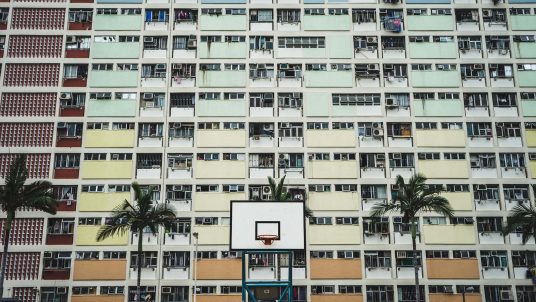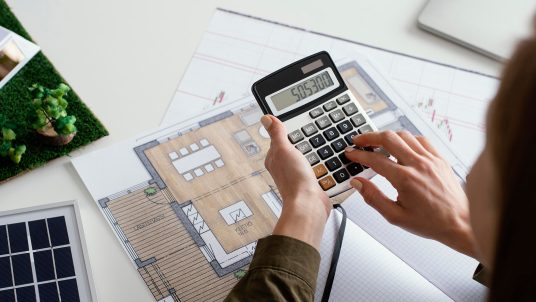Renovating your BTO (Build-To-Order) flat or condo is an exciting milestone. Whether you've collected your keys or soon will, you'll want your home to reflect your style, function, and comfort. Before diving into aesthetics and furniture, though, knowing the rules, permits, timing, and key restrictions is essential. Getting this right ensures safety, avoids fines, and helps the project run smoothly. Below is a guide to everything you need to know about renovating a BTO condo, with current information for 2025, and some condo renovation ideas in Singapore to help you plan.





What Type of Home Are We Talking About?
First: "BTO condo" is a bit of a mix — typically, BTO refers to HDB flats (public housing). Condominiums are private housing. Sometimes people reference BTO in private developments for convenience, but most rules differ. Make sure which regime applies to you: HDB rules for public flats vs MCST (Management Corporation Strata Title) / condo management for private condos. Many homeowners in newer condominiums still follow HDB-style guidelines if the flat was bought under a BTO scheme in a mixed development or overlay.
Key Requirements for Renovating a BTO (HDB) Flat
Here are the main rules and requirements you must follow if your unit is a BTO from HDB.-
Engage an HDB-Registered Renovation Contractor
-
Obtain a Renovation Permit, If Required
-
Respect the "Three-Year Rule" for Wet Areas
-
Do Not Hack Structural or Load-Bearing Walls
-
Floor Finishes: Height, Noise & Material Restrictions
-
Windows, Grilles, Doors – Stick to Approved Designs
-
Renovation Timing and Working Hours
- Weekdays and Saturdays: the majority of work is permitted from about 9 AM to 6 PM.
- No noisy work on Sundays or public holidays.
- For new BTO units, renovation works must be completed within three months from key collection. Resale flats often have a shorter deadline.
-
Approval from Condo Management / MCST (For Private Condos)

Timeline & Cost Considerations (2025 Data)
Knowing how long renovations might take and what estimates cost helps with planning and budgeting.- For a 3-room BTO flat, full renovation in 2025 typically takes 8 to 10 weeks. For 4-room, about 9 to 10 weeks, and for 5-room BTOs, 10 to 12 weeks.
- Costs vary significantly by size, design, materials, and scope.Renovation costs can differ widely based on factors like the size of your flat, chosen materials, and the overall design and scope. Generally, It’s always a good idea to set aside some extra budget and time for your renovation to handle any unexpected expenses or delays that may arise.
Condo Renovation Ideas Singapore to Keep in Mind While Complying
While following rules, you also want your renovation to look good and function well. Some creative yet compliant ideas:- Use open shelving or modular furniture rather than permanently hacking walls to open spaces.
- Overlay flooring in bedrooms and living rooms that is sound-insulating and meets height limits instead of marble or heavy tiles.
- Hide electrical conduits or wiring behind ceilings or cabinetry in ways permitted by your MCST or HDB.
- Use light-coloured paint, clever lighting, and glass partitions (where permitted) to create a sense of space without altering the structure.
- For bathrooms, since tiling or hacking is restricted for 3 years, use decorative waterproof panels or tile over existing walls (overlay) where rules allow.



